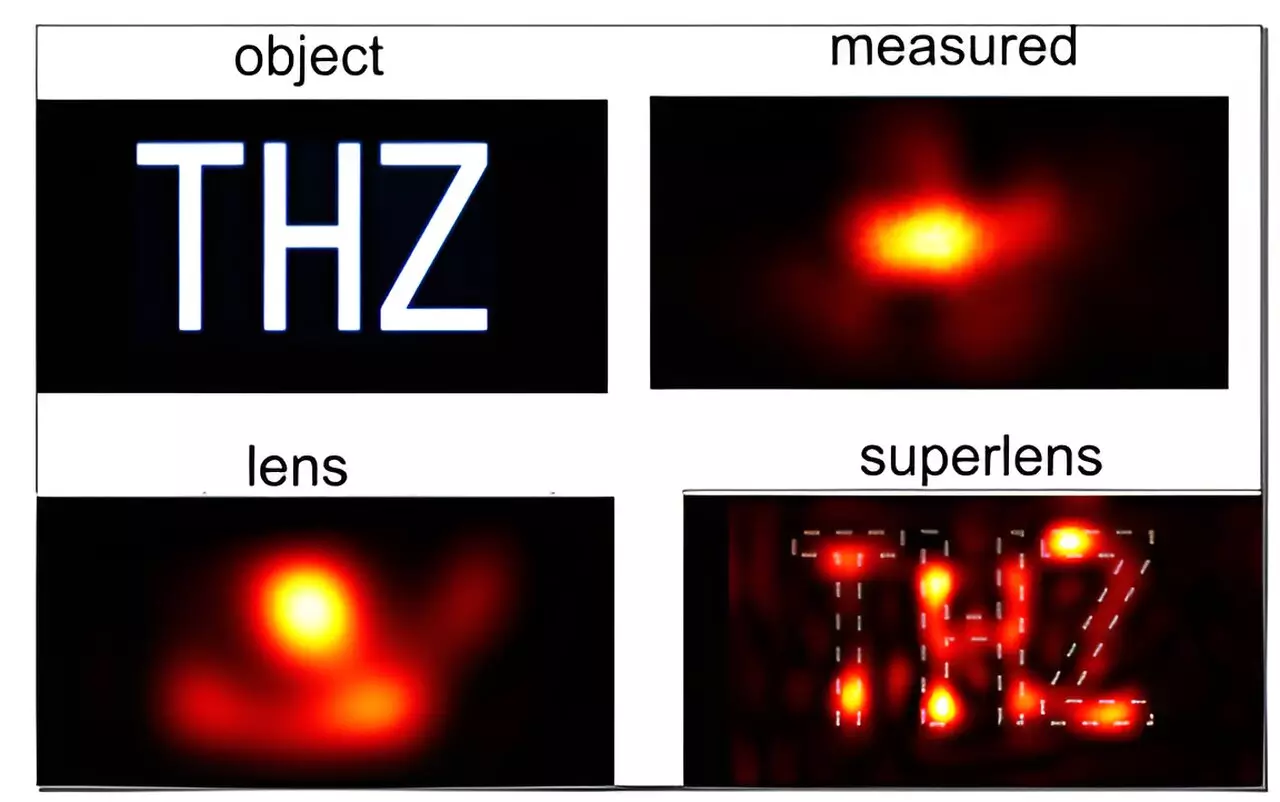From the moment Antonie van Leeuwenhoek uncovered the microscopic world of bacteria in the seventeenth century, scientists have been tirelessly striving to delve deeper into the realm of the infinitesimally small. The diffraction limit, a physical constraint that arises from the wave nature of light, sets a boundary on how closely we can scrutinize an object using traditional optical methods. This limit has always posed a challenge for scientists hoping to achieve superlensing and push beyond the diffraction limit. Recent breakthroughs, however, have allowed physicists at the University of Sydney to overcome this limitation, revolutionizing super-resolution microscopy.
The Diffraction Limit and its Challenges
The diffraction limit stems from the fact that light behaves as a wave and imposes a lower bound on the size of a focused image. Traditionally, a focused image cannot be smaller than half the wavelength of the light used to observe the object. Previous attempts to surpass this limit using “super lenses” have encountered significant hurdles, primarily extreme visual losses rendering the lenses opaque. Overcoming this obstacle is the first step towards achieving superlensing with minimal losses.
The breakthrough research conducted by physicists at the University of Sydney offers a new pathway to achieve superlensing by eliminating the super lens altogether. The key to their success lies in collecting both high- and low-resolution information by positioning the light probe far away from the object. This distant location prevents the interference of the probe with the high-resolution data, leading to the elimination of visual losses suffered in previous attempts.
A Computer-Based Approach
Unlike previous methods that relied on novel materials for super lens construction, the researchers at the University of Sydney took a revolutionary approach. They performed the superlens operation as a post-processing step on a computer, after the measurement itself. By selectively amplifying evanescent (or vanishing) light waves, a “truthful” image of the object is produced. This innovative technique holds tremendous potential for various fields such as cancer diagnostics, medical imaging, archaeology, and forensics.
Applications and Advancements
The new method presents a wide range of applications and advancements. It enables greater resolution in determining moisture content in leaves, making it invaluable in agriculture and environmental studies. Moreover, it has the potential to enhance advanced microfabrication techniques, particularly in non-destructive assessment of microchip integrity. The technique could also be utilized in revealing hidden layers in artwork, highlighting its significance in uncovering art forgery or undiscovered masterpieces.
In previous attempts, scientists focused primarily on extracting high-resolution information, given its exponential decay with distance. However, the proximity of the probe to an object distorted the image, causing the valuable data to be compromised. The researchers at the University of Sydney successfully addressed this challenge by moving the probe further away from the object, preserving the integrity of the high-resolution information. A post-observation technique is then employed to filter out the low-resolution data, resulting in crisp, accurate images.
Exploring New Frequencies
The research conducted by the physicists involves working with light at a terahertz frequency and millimeter wavelength. This frequency range, situated between visible and microwave, presents significant challenges but also an abundance of opportunities. It allows for the extraction of vital information about biological samples, including protein structure, hydration dynamics, and cancer imaging. By expanding the technique to other frequency ranges, scientists can unlock new possibilities in the realm of super-resolution microscopy.
The breakthrough achieved by physicists at the University of Sydney in surpassing the diffraction limit brings us closer to a new era of super-resolution microscopy. By eliminating the need for a super lens and employing computer-based post-processing techniques, scientists can obtain high-resolution images with minimal visual losses. The potential applications across various fields are immense, ranging from medicine to art preservation. As technology continues to advance, the realm of the infinitesimally small will become increasingly accessible, allowing us to uncover the mysteries hidden beneath the minuscule world around us.



Leave a Reply